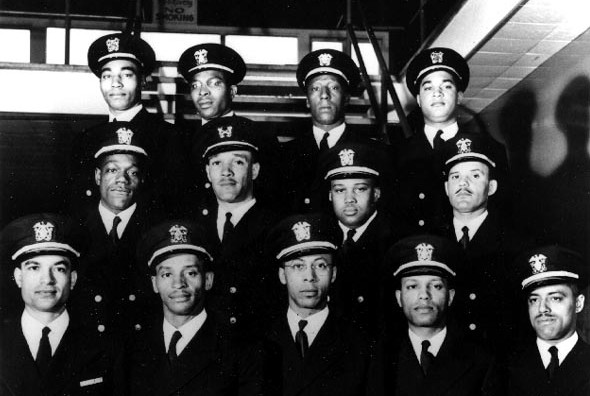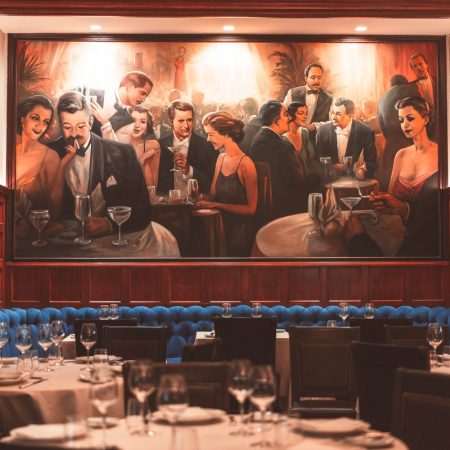In 1944, while the United States was in the middle of fighting World War II, a group of courageous men did something that forever changed the history of the American military. As Dan Goldberg writes in Politico, the different branches of the U.S. military handled questions of race very differently from one another — and, even in 1944, there were no black officers in the Navy. This was a sharp contrast to the Army, for example:
Racism existed throughout the armed services at the time, but the Navy, whose leaders feared mixing races in the close quarters aboard ship could disrupt cohesion and damage morale, was especially hostile to people of color. The first black Army officer graduated West Point in 1877, and by World War II, the Army already had a black general.
Goldberg has explored this moment in history in detail in his book The Golden Thirteen: How Black Men Won the Right to Wear Navy Gold. In this article, he offers some background as to how 16 black sailors were selected to attend officer candidate school — and the hardship they faced once they got there.
The group of 16 men did an outstanding job in the training course. Unfortunately, only 12 of them were commissioned; a 13th was made a warrant officer. As Goldberg writes, “the result was that the first black class, a group that had posted higher marks than any class before it, would have the same pass rate as an average class of white officer candidates.”
It took several decades before the achievement of this first group of officers was recognized — the term “Golden Thirteen” was coined by Edward Sechrest of the Navy Recruiting Command. Their history continues to resonate today.
Subscribe here for our free daily newsletter.
Thanks for reading InsideHook. Sign up for our daily newsletter and be in the know.


















